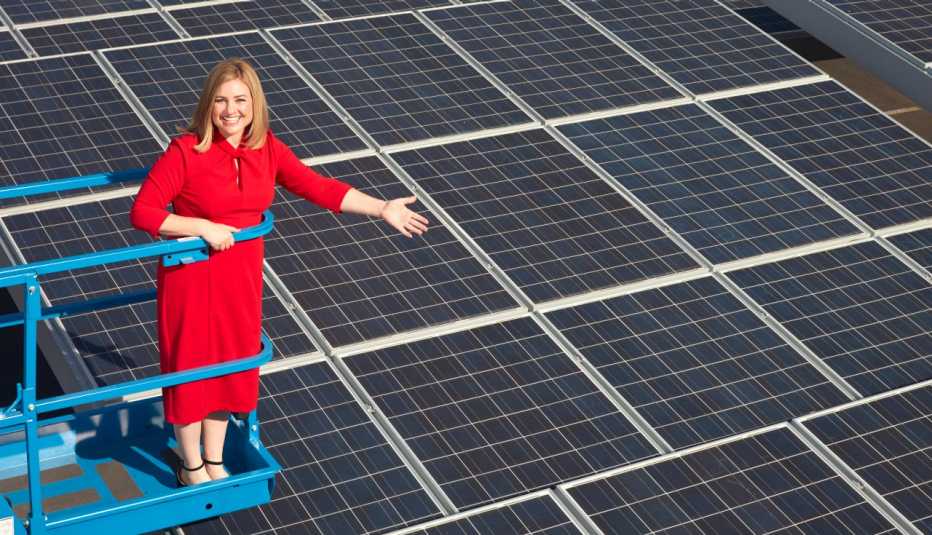Staying Fit


Three months after her election, Mayor Kate Gallego took to a stage at the Sheraton Grand hotel in Phoenix last June and made a case for the environment.
In what is a potentially dangerous condition for older residents, this city will experience about 145 days a year with a heat index above 105 by 2050, according to projections by Climate Central, a nonprofit media organization that analyzes scientific research. Phoenix has been described as the least sustainable city in America and is ranked by the American Lung Association as among the worst places for ozone pollution.


AARP Membership— $12 for your first year when you sign up for Automatic Renewal
Get instant access to members-only products and hundreds of discounts, a free second membership, and a subscription to AARP the Magazine.
In her sweeping State of the City address, Gallego called for creating a statewide drought contingency plan, revitalizing the Salt River — which runs through the city's downtown — and overall, preparing for a hotter and drier future.
The speech also served as a rallying cry to oppose a ballot referendum that would defund an expansion of the city's light-rail system, a form of transit that Gallego saw as critical to a greener future.
Kate Gallego
Mayor, Phoenix, Arizona
• Problem: Rising temperatures pose health threats, and that can put older residents especially at risk.
• Solution: Develop cooling corridors and expand the eco-friendly light rail system.
• Results: Cooling corridors makes the outdoors more bearable, and voters kept the light-rail project on track.
"We're at a crossroads,” says Gallego, a 38-year-old Democrat. “We get to decide what kind of city we want to become. I really want to push us to being a sustainable city."
While many cities have storm-readiness plans, Phoenix continues to improve its heat-readiness plan. It includes planting trees to create cooling corridors where people could walk along shaded pathways to transit and shops, making the heat more manageable for older people and other vulnerable populations.
Gallego had worked for a local public utility and sat on the city's environmental commission before pursuing public office. As a member of the city council, she chaired the council's sustainability committee when it passed a measure to reduce carbon pollution by 80 percent by 2050.
"She was certainly known as a strong environmental advocate on the council,” says Mark Hartman, the city's chief sustainability officer.

































































More on Home and Family
VA Caregiver Benefit Moving to Direct Deposit Only
Deadline to enroll is Oct. 1, before the VA stops sending paper checks